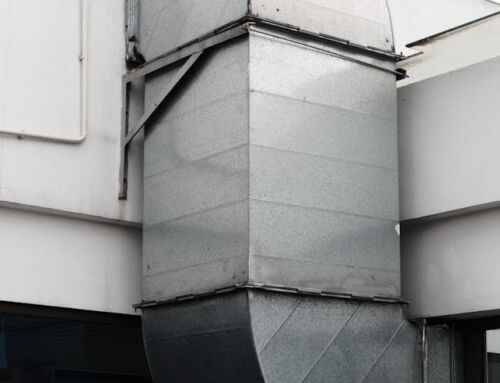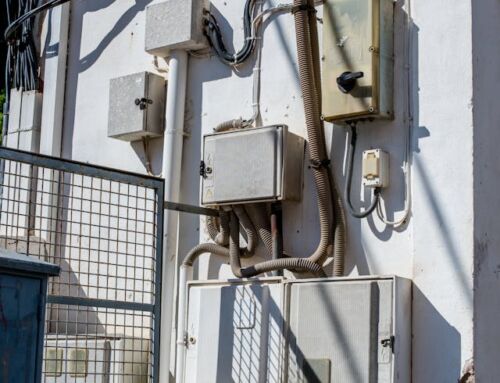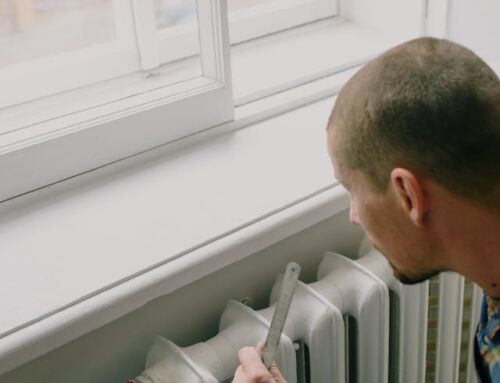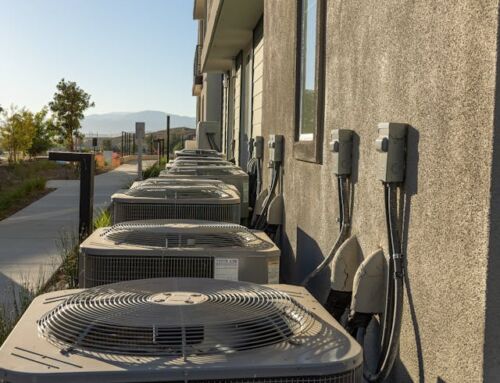Imagine this: you settle into your favorite armchair on a chilly Auckland evening, eager to crank up the heat. But instead of a wave of warmth, you’re met with uneven temperatures. One room feels like a sauna, while another remains stubbornly cool. Frustrating, isn’t it? This scenario might be a sign that your HVAC system needs balancing. But how often should an HVAC system be balanced? Fear not, This article will dive into the world of HVAC balancing, helping you understand this crucial process and its impact on your home comfort.
The Symphony of Comfort: Understanding HVAC Balance
Think of your HVAC system as a complex orchestra. Ducts act as the instruments, each responsible for delivering a specific amount of conditioned air to different parts of your home. How often should an HVAC system be balanced? Well, just like an orchestra needs regular tuning to maintain harmonious sound, your HVAC system requires balancing to ensure even airflow throughout your house.
The Balancing Act: What Does It Entail?
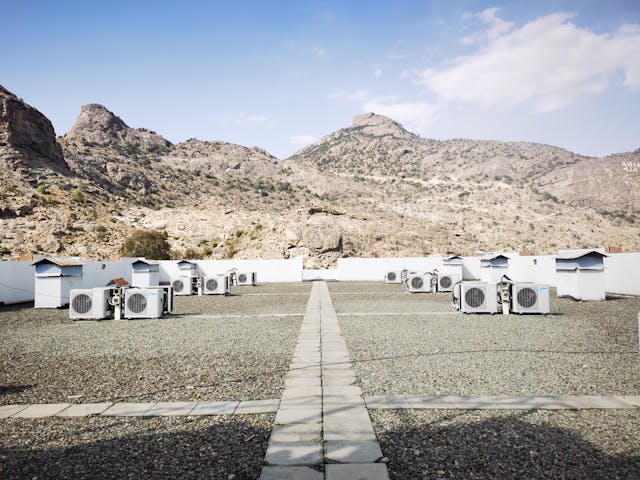
An HVAC balancing process typically involves a qualified technician who utilises specialised tools to measure airflow through each duct in your system. They then adjust dampers, which are essentially valves within the ductwork, to regulate airflow and ensure each room receives its fair share of conditioned air. How often should an HVAC system be balanced? This depends on several factors, which we’ll explore next.
The Balancing Equation: Factors to Consider
How often should an HVAC system be balanced? There’s no one-size-fits-all answer. Here are some key factors to consider:
Initial installation
A well-designed and properly installed HVAC system typically doesn’t require immediate balancing. However, a post-installation inspection and balancing are recommended to ensure optimal performance from the start. This initial balancing helps catch any minor installation inconsistencies and sets your system up for long-term efficiency.
Age of your system
As your HVAC system ages, components can wear or become less efficient. This might necessitate balancing more frequently, perhaps every 3-5 years. Regular use can cause dampers to stick or become misaligned, impacting airflow distribution.
Renovations and additions
Have you recently added a sunroom or renovated an existing room? These changes can alter the airflow requirements of your home, making balancing necessary to maintain comfort. New rooms or changes in insulation levels can affect the overall pressure within the ductwork, requiring adjustments to ensure balanced airflow throughout the modified space.
Uneven temperatures
The most obvious sign your system needs balancing is uneven temperatures throughout your house. If certain rooms are consistently hotter or cooler than others, it might be time for an adjustment.
Increased dust
Excessive dust buildup within your ductwork can restrict airflow. If you notice a significant increase in dust levels, balancing might be necessary alongside a professional duct cleaning. Prolectrix offers professional duct cleaning services in Auckland, ensuring your airflow remains optimal and your system operates efficiently.
The Benefits of Balance: Why It Matters

How often should an HVAC system be balanced? Understanding the benefits helps answer this question. A properly balanced HVAC system offers a range of advantages:
Improved comfort: Even airflow translates to consistent temperatures throughout your home, eliminating hot and cold spots. This means no more shivering in one room or sweating in another, ensuring a comfortable living environment for everyone.
Enhanced efficiency: A balanced system works less hard to achieve desired temperatures, resulting in lower energy bills. By optimising airflow, your HVAC system can operate more efficiently, reducing energy consumption and saving you money on utility costs.
Reduced wear and tear: An unbalanced system can put strain on certain components, leading to premature wear and tear. Regular balancing helps prevent costly repairs down the line. By ensuring even airflow, you can extend the lifespan of your HVAC system and avoid unexpected breakdowns.
Extended system life: A well-maintained and balanced system will last longer, saving you money in the long run. By addressing issues early and performing regular maintenance, you can minimise the need for costly replacements.
Partnering for Peak Performance
How often should an HVAC system be balanced? While the factors mentioned above provide a good starting point, consulting a qualified HVAC professional is always recommended. They can assess your specific system and determine the ideal balancing frequency for your needs.
By understanding the unique characteristics of your home, such as its layout, insulation, and ductwork, an HVAC professional can tailor a maintenance plan to ensure optimal performance and energy efficiency.
A qualified HVAC technician can use specialised tools and techniques to measure airflow, pressure, and temperature throughout your system. They can identify any imbalances or restrictions and make the necessary adjustments to restore proper airflow.
Additionally, they can provide valuable insights into potential issues that may arise and recommend preventative measures to keep your system running smoothly.
Conclusion
Balancing your HVAC system is not a one-time event; it’s an ongoing process that ensures optimal comfort and efficiency in your home. By understanding how often should an HVAC system be balanced and the importance of this process, you can create a more comfortable and energy-efficient living environment. Remember, a well-balanced HVAC system is a happy HVAC system, and a happy HVAC system translates to a happy you!
By scheduling regular HVAC tune-ups and balancing, you can identify and address potential issues early on, prevent breakdowns, and extend the lifespan of your system. Additionally, a balanced HVAC system can contribute to improved indoor air quality, reduced energy consumption, and a healthier living environment.


